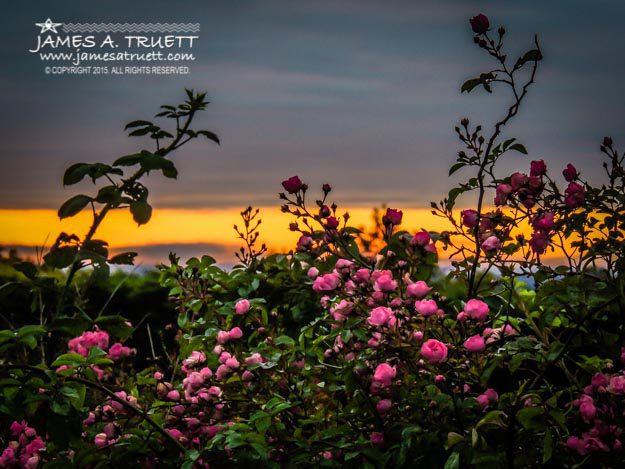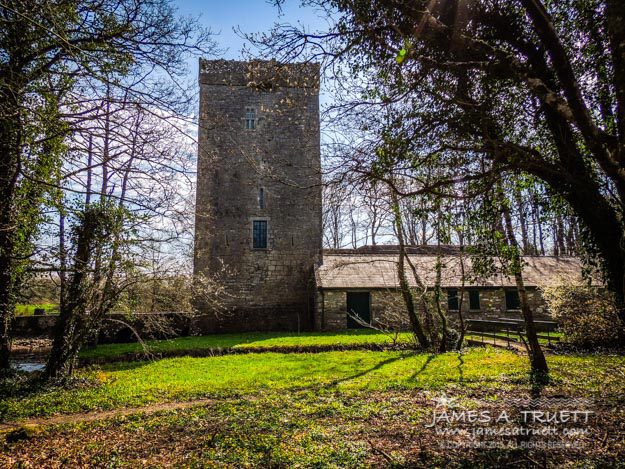Burren Country Road in Ireland’s County Clare
Ireland’s unique and magnificent Burren landscape presides over this Irish country road in County Clare.
This is the rock-fenced path to the 16th Century Newtown Castle, which now is home to the Burren College of Art. From this view, the castle would be behind you, with more glacier-sculpted limestone outcroppings offering a formidable backdrop.
This image appears in my best-selling book, Magical Irish Countryside, the third volume in my Mystical Moods of Ireland series.
Burren National Park is Ireland’s smallest park, encompassing only 1500 hectares (about 3,700 acres). The size by no means restricts the sheer magnitude of history and biodiversity packed into its confines.
Located a short drive from Ennis, the Burren Region features a collection of ruins — from the ancient Poulnabrone Dolmen passage tomb dating back to 3,000 B.C., the Caherconnell Stone Fort from the 10th to 12th Century as well as Newtown Castle and the lovely villages of Ballyvaughan, Kinvara, Tubber, Corofin, Kilfenora and Lisdoonvarna.
The most unique natural features of the area include the Aillwee Cave, a popular tourist attraction, and many walking trails that showcase the area’s unusual flora and fauna, seemingly sprouting from cracks in the limestone pavement.
One of the more eye-opening and historically illuminating descriptions of the Burren came from one of Cromwell’s soldiers in 1651:
“Of this barony it is said that it is a country where there is not water enough to drown a man, wood enough to hang one, nor earth enough to bury them. This last is so scarce that the inhabitants steal it from one another and yet their cattle are very fat. The grass grows in tufts of earth of two or three foot square which lies between the limestone rocks and is very sweet and nourishing.”












